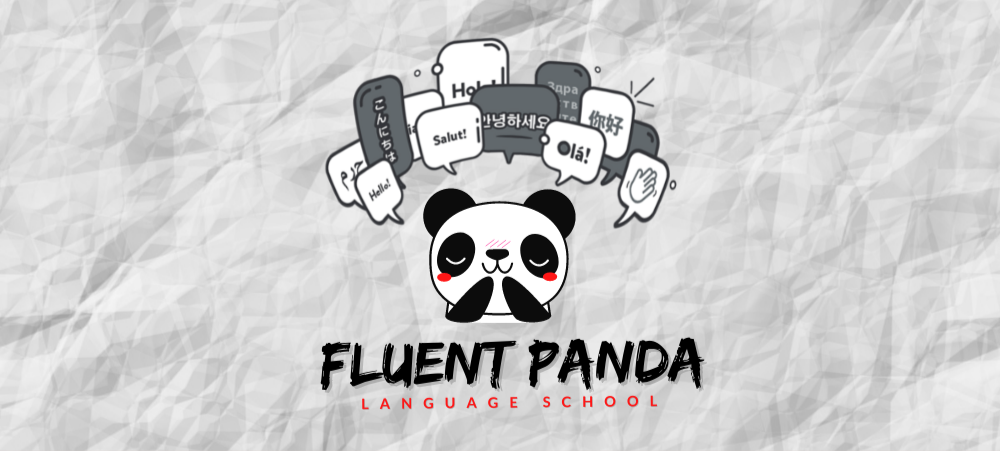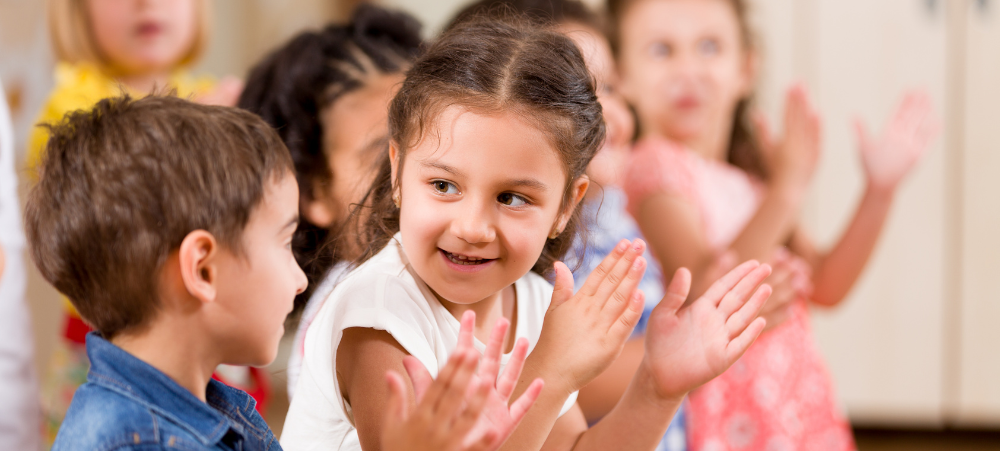One of the magical things about children is their incredible ability to learn without even trying! There reaches an age where suddenly it seems you may have done the most minuscule thing and notice your child has picked this up. The same can be said for children and languages!
So, just why are children so good at learning?
The main attribute to this is a child’s neuroplasticity – more specifically – the brain being malleable! Although neuroplasticity can occur throughout our lives, children naturally have the most plasticity due to all the neurons making and forming new connections and thus being able to make those connections and stores in the brain much simpler than perhaps an individual over 25.
What this malleability allows is for children to basically have an unlimited hard drive with almost very little effort (an ability we all wish we could keep into our adulthood!)
The most rapid time for learning is from 2 years until around 10 years old (that is not to say that the brain stops being neuroplastic, just that it is less likely for you to create new connections organically without you focussing on this). It is during these sweet years that once a skill or ability is learned, the brain is able to remember it well into adulthood, easily pick up the skill again, easily grasp similar concepts and the like as the brain has already experienced this skill and more importantly, made the neural links to tap into when necessary.
How does learning multiple languages work in children?
There is a myth that learning multiple languages at a very young age causes confusion in a child. This is not so. A child can develop and learn multiple languages (and we really mean multiple – this is not restricted to one or two languages) simultaneously whilst growing up – and often leads to greater ability to codeswitch (the ability to switch between speaking one language and another language interchangeably). Why is this? As a child – when we are learning multiple languages – we learn it at the most fundamental basic level – which is by NOT having the ability to translate from a home language. This means – when speaking, a child does not need to first decide which language they want to respond in, and then translate from their home language, because they do not have one yet! They are developing crucial neural links without needing to draw from a reference, that being their home language! The key to teaching children languages is repetition in the target language as often as possible.
Why is it better to learn a language as a child vs. as an adult?
This is not to say that it is impossible for adults to learn a second language – it most definitely is! But it is unarguable that children are able to pick it up easier. Why is this? It can be attributed to 2 factors. The first was touched on above, as a child – everything we learn is new – that is the foundation of our experience and learning – so those make up our fundamental references – and if you do not have any references, you have to form a new one in order to learn that concept. Conversely to adults – we already speak a language fluently. Our thoughts and words are moulded by that language. So when we are learning a new language – we immediately want to make it relatable by knowing the translations of words. We don’t learn a word as a definition, we learn a word as reference to the word we already know in our language. This will lead us to need to translate in order to speak a second language vs. a child learning naturally and fluidly the definitions of multiple words in multiple languages without the need to translate.
The second reason goes back to neuroplasticity. As an adult, although we still have some neuroplasticity, it is not as malleable and extreme as that of children. Our neural networks are pretty much formed and unless we really focus and study that topic, turning new knowledge into long term memory can be difficult. More interestingly, the language centre in our brain decides “ok – this is what we need to know for this language!” when we start learning a new language as an adult, our brain needs to decide where to store this information (our hard drive is no longer unlimited!) and will then decide that the place where the new neural connections will be made will be in the already existing language centre. Effectively, deleting some words that we may have previously known to make space for the new language. This is why most people who become fluent in a second language as an adult, may suddenly find they forget something in their home language that previously they knew. In children, this is not so! That neuroplasticity is so ready – that when the information is coming into our brains for language – the language centre then MOULDS to the number of languages that the child is learning – so instead of forgetting some things in a home language – a child is actually able to store up to double without it affecting either language conversely! Further to this – the brain at a young age is able to say “hey! There are different languages out there – maybe we should keep some neurons available if we ever encounter more” and thus bilingual children are able to learn a new language even as adults.
What age should I start teaching my child?
The simple answer is – from birth! As parents we mould our children’s experiences and starting to speak in multiple languages from as young as possible will only allow that malleability to really excel and grow.
For formal lessons, here at Fluent Panda Language School, we recommend putting children in our kids classes from as young as 4 years old. That extra 30 minutes a week of concentrated language focus with us allows children’s second language extension to be stimulated and reinforced after class at home with games.
Fluent Panda also offers over 32 languages and 32 native speakers and teachers who are able to assist in your target language both from a lingual and cultural perspective! We also offer a free consultation lesson to best advise lessons in the future and how to help your child learn a second language as naturally and fluently as their home language.
For adult classes or classes out of school, they offer the choice of learning for fun or learning towards an interenationally recognised and accredited certificate through various embassies. Both private and group classes are available!
- How Can a Second Language Help in My Career or My Child’s Future Career? - August 25, 2021
- Can Adults Learn an Additional Language? - August 18, 2021
- Should My Child Learn a Second Language and When? - August 11, 2021





